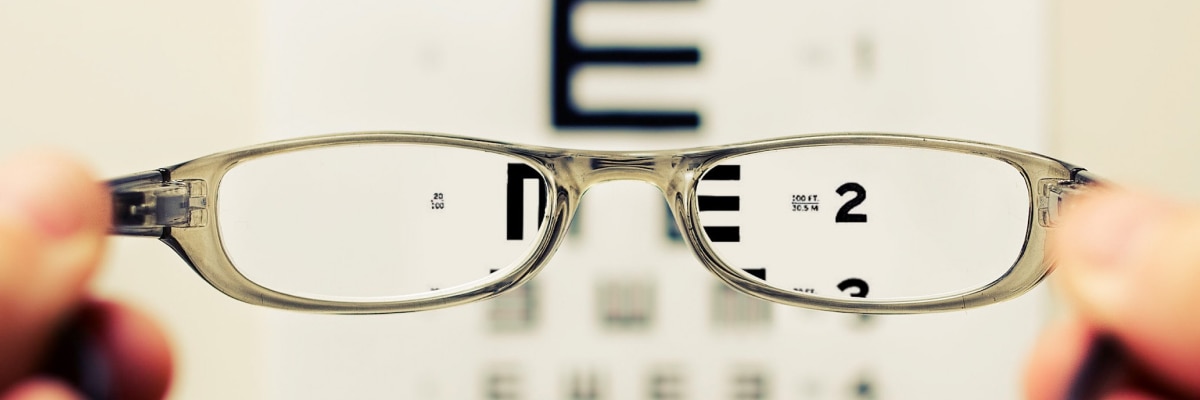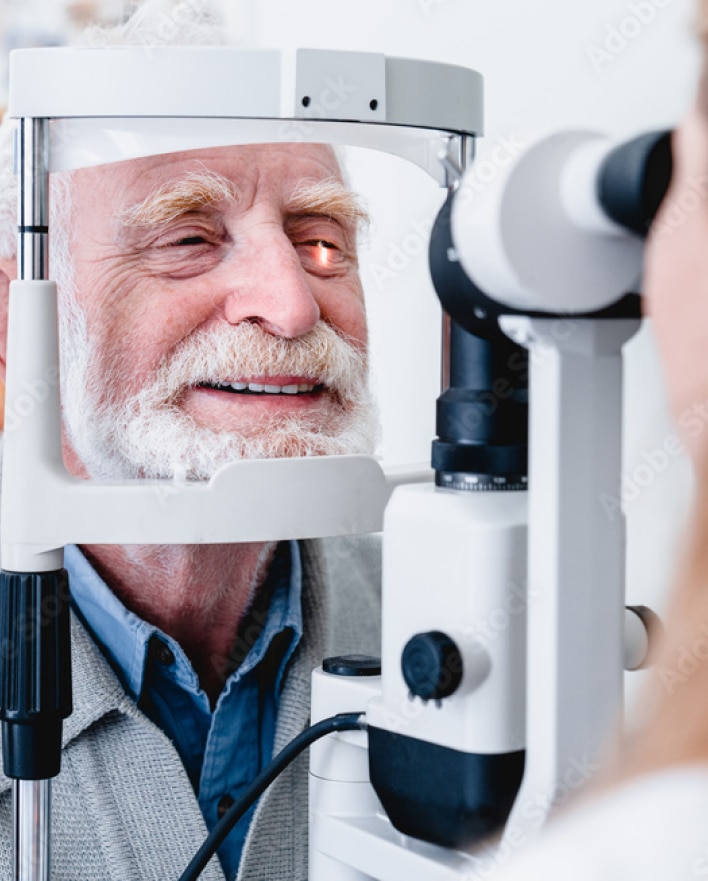In the EBD Blog
Reviewed by Sonia Kelley, OD, MS on September 29, 2023
Eye doctors use the Snellen eye chart during an eye exam to determine a person’s visual acuity (or clarity) from a distance. It’s one of the most recognizable eye charts, typically marked with the giant letter “E” at the top. Below that, there are usually 10 more lines of letters that decrease in size as you make your way down the chart. The farther down a person can read, the sharper their vision.
The name “Snellen” comes from the chart’s creator, Dutch eye doctor Hermann Snellen. He developed the chart in 1862 to help a colleague perform vision checks. The Snellen chart is still the most commonly used eye chart in vision tests at schools, doctor’s offices, and eye care centers around the world.
How Does the Snellen Eye Chart Work?
The Snellen test determines how well you can see from a certain distance. It helps indicate to your eye doctor the level of correction you may need in your vision prescription.
To perform a vision test using the Snellen chart, your eye doctor will direct you to do the following, both with and without vision correction (glasses or contacts):
- Stand or sit 20 feet away from the Snellen chart.
- Cover your left eye and read the letters on the chart until they are too small to identify.
- Cover your right eye and repeat the process.
- With both eyes open and uncovered, repeat the process again.
Your eye doctor will note the smallest line you are able to read correctly with each eye separately and with both eyes together.
In order to determine your prescription, you’ll be asked to look at the Snellen eye chart again with different lens powers placed in front of your eyes during your eye exam. This portion of the exam is called a refraction.
What does “20/20 Vision” Mean?
Each line on the Snellen chart is labeled with a fraction, which reflects the level of visual acuity for a person who can only read as far as that line.
For example, someone with 20/20 vision can stand 20 feet from the Snellen chart and read the 20/20 row of letters without error. In the U.S., 20/20 vision is considered normal visual acuity.
A person with 20/50 vision needs to be 20 feet from the Snellen chart to read the same letters that a person with normal visual acuity can read from 50 feet away.
Although the Snellen chart helps to measure visual acuity, it’s not the only test eye doctors use to determine how well a person can see. They also test color vision, depth perception, how your eyes work together, and more.
So, while many people refer to 20/20 as perfect vision, it takes more than normal visual acuity to see perfectly.
Are All Vision Charts the Same?
No, not every eye chart or vision test is the same.
While the Snellen chart incorporates letters that vary in size, some charts use different patterns, pictures, or colors. For example, a doctor may use a chart with colors or pictures for children who can’t read yet. Other charts are specifically used to test near vision or may be used in research studies.
When to See a Doctor
If you’ve noticed a change in the sharpness of your vision, schedule an appointment with your eye doctor. Based on the results from your comprehensive eye exam, it may be time for a new pair of glasses. When you’re ready, we’ve got you covered with designer frames and top-of-the-line prescription lenses.









